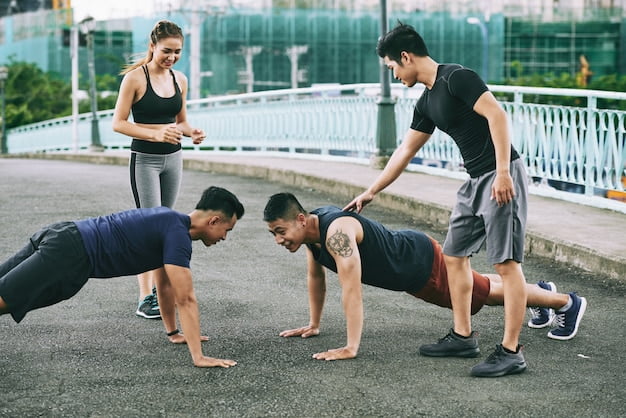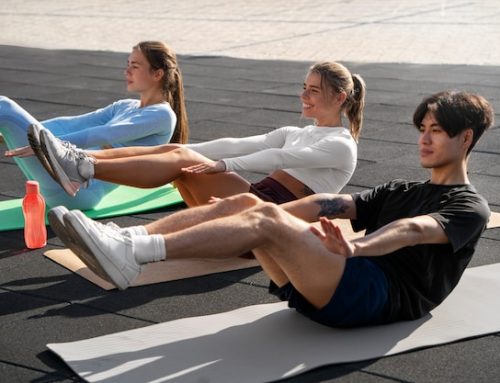What Should Each Bootcamp Session Begin With?
Bootcamp-style workouts have been gaining popularity in recent years, and for good reason. These high-intensity, full-body workouts are designed to push you to your limits, both physically and mentally. However, before you dive into your first bootcamp session, it’s important to know what you should be doing to prepare yourself beforehand. In this article, we’ll discuss what each bootcamp session should begin with to ensure that you’re ready to take on the challenge.
Warm-Up
Every bootcamp session should begin with a proper warm-up. This serves to increase your heart rate, loosen up your muscles, and reduce your risk of injury. A good warm-up should consist of a combination of dynamic stretching, cardio exercises, and mobility drills. Dynamic stretching involves moving your body through a range of motions to warm up your muscles, while cardio exercises help to get your blood flowing. Mobility drills focus on improving your range of motion in specific areas of your body.
Cardiovascular Exercise
After warming up, it’s time to focus on cardiovascular exercise. This can be done through a variety of exercises, such as jumping jacks, high knees, and butt kicks. The goal is to get your heart rate up and keep it there for a sustained period of time. Cardiovascular exercise is important because it helps to burn calories and increase endurance.
Strength Training
Once you’ve completed your cardiovascular exercise, it’s time to move on to strength training. This can involve bodyweight exercises, free weights, or resistance bands. The goal is to work each major muscle group in your body, including your arms, legs, chest, back, and core. Strength training helps to build lean muscle mass, increase your metabolism, and improve your overall body composition.
High-Intensity Interval Training (HIIT)
HIIT is a popular form of exercise that involves short bursts of intense activity followed by brief periods of rest or active recovery. This can be done through a variety of exercises, such as sprints, burpees, or jump squats. The goal is to push yourself to your limits during the intense bursts of activity, and then allow your body to recover during the rest periods. HIIT is a highly effective form of exercise for burning calories and improving cardiovascular fitness.
Cool-Down
After completing your workout, it’s important to take the time to properly cool down. This involves a combination of static stretching, foam rolling, and deep breathing. Static stretching helps to improve flexibility and reduce the risk of injury, while foam rolling helps to release tension in your muscles. Deep breathing helps to slow down your heart rate and promote relaxation.
Rest Days
In addition to following a proper warm-up, workout, and cool-down routine, it’s important to take rest days to allow your body to recover. Overtraining can lead to injury, fatigue, and decreased performance. Rest days should be built into your workout schedule to give your body the chance to rest and recover.
Conclusion
In conclusion, proper preparation is key when it comes to bootcamp-style workouts. Each session should begin with a proper warm-up, followed by cardiovascular exercise, strength training, HIIT, and a cool-down. Rest days should also be built into your schedule to allow your body to recover. By following this routine, you’ll be able to get the most out of your bootcamp workouts while reducing your risk of injury and burnout.






